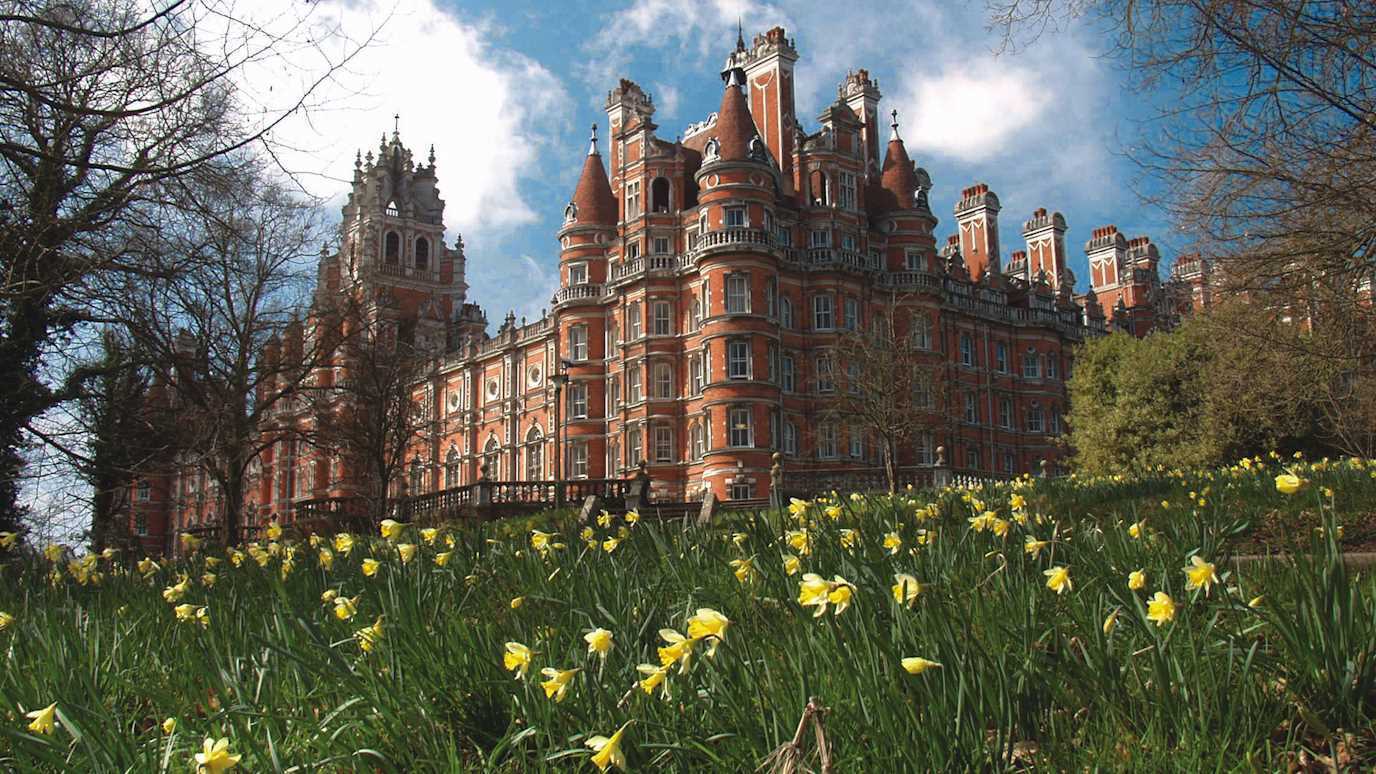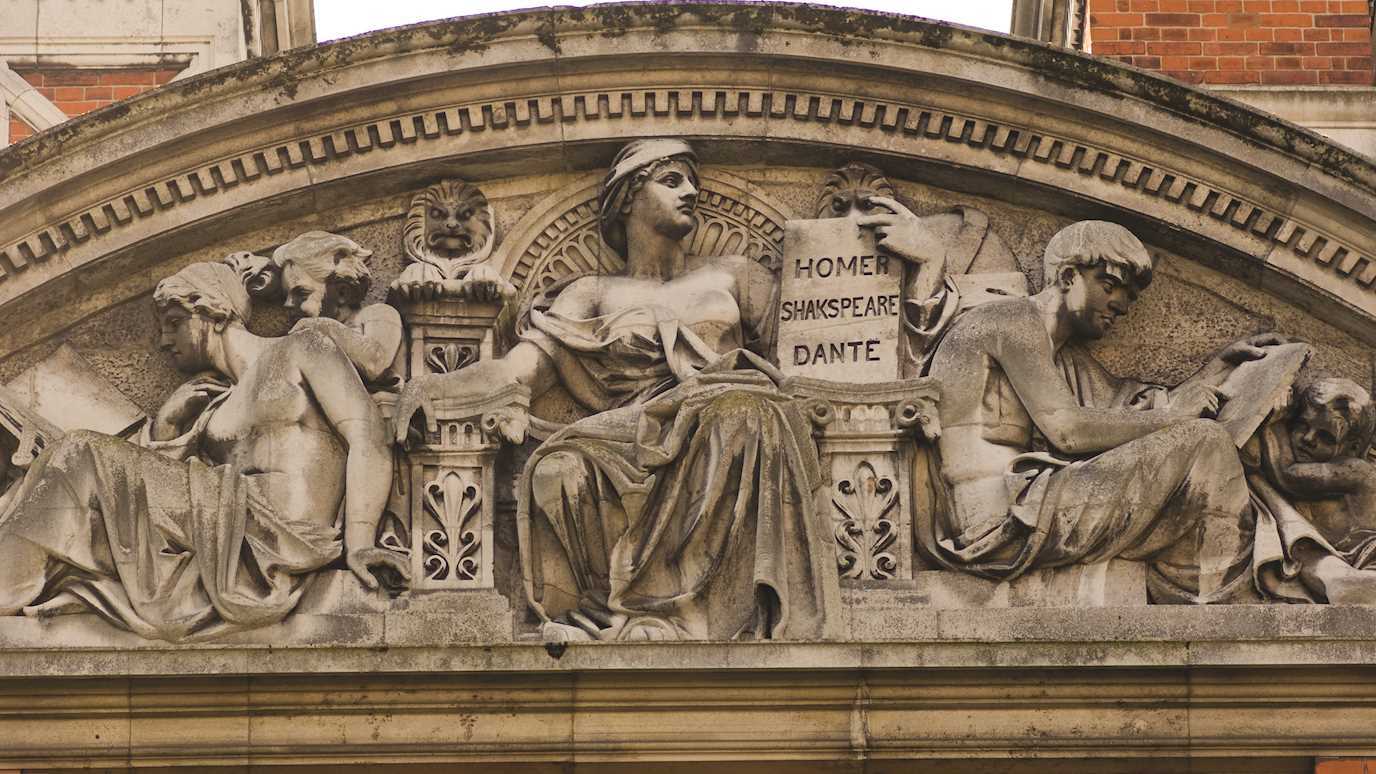Professor Adam Ganz
Adam Ganz’s BBC radio play The Chemistry Between Them looked at the relationship between Margaret Thatcher and Dorothy Hodgkin and what Lisa Jardine called “the extraordinary idea that Hodgkin - who held strong left-wing views throughout her life - should have been a role model for Britain's first female prime minister.”
Based on primary research in the Bodleian library special collections and interviews with people who knew the two women, including Judith Howard FRS, one of Hodgkin’s doctoral students, and the late novelist Nina Bawden, who studied with Thatcher at Somerville College during the First World War, the play looks at the two women through the prism of crystallography. Thatcher learned from Hodgkin working with her on a special project to find the structure of Gramicidin S – a molecule used by the Soviet Union as an antibiotic.
It reconsiders Thatcher as a scientist by formation, who in Hodgkin encountered perhaps for the first time a woman who was a leader of her profession, and who refused to accept the restrictions that marriage or children placed on many women of the period. It suggests that when her former University lecturer became the first British woman to win a Nobel Prize, it made Thatcher think that there need be no limits on her own career,
The play intercuts two time scales, moving between Thatcher’s student years and a conversation that took place at Chequers in the 1980’s as Cruise missiles were being sited in Europe. Hodgkin (then president of the Pugwash group of concerned scientists) was keen to make her former pupil aware of the impossibility of winning a nuclear war and the consequences of a nuclear winter.
The play was reviewed in Nature and was the subject of considerable debate in The Guardian, with Hodgkin’s granddaughter critical of the notion that the two women might be thought of as friends. Jardine, however, compared the play to Michael Frayn’s Copenhagen, saying “They are both, in my view, successful attempts at a kind of bridging between fact and fiction that captures the feelings behind the ideas”.


Margaret Thatcher with Dorothy Hodgkin taken at Somerville College, 1991. Photo by kind permission of Somerville College, University of Oxford
Dr Nick Hall
Nick Hall’s The Zoom: Drama at the Touch of a Lever (Rutgers University Press, 2018) traces the century-spanning history of the zoom lens in American film and television. From silent features to the psychedelic experiments of the 1960s and beyond, the book describes how inventors battled to provide film and television studios with practical zoom lenses, and how cinematographers clashed over the ‘correct’ ways to use the new zooms.
The book reveals how the zoom brought life and energy to cinema, decades before the zoom boom of the 1970s, and how this technology continues to play a vital and often overlooked role in the production of contemporary film and television. With a focus on the mainstream and the popular, the book addresses the zoom shot in all its guises: from the halting innovations of the 1920s (Our Modern Maidens), through the stylistics excesses of the 1960s and 1970s (Planet of the Apes) to the self-reflexive sophistication of the early 21st century sitcom (Arrested Development).
The Zoom is based on extensive archival research, including research visits to the UCLA Film and Television Archive, US National Archives, Margaret Herrick Library, the Library of Congress and the BFI, in addition to research in undigitized historical trade journals including American Cinematographer and Journal of the SMPTE.
The Velvet Light Trap described the book as "a lasting and novel contribution to the historical poetics of film technology and style." The review continued: "The mind reels comprehending the number of films and television programs, most of them hard to access, that Hall watched, analyzed, and synthesized into such an original and comprehensive narrative history."

Dr Jacob Leigh
A member of the French New Wave group of filmmakers who first came to prominence at the end of the 1950s, Claude Chabrol has received the least amount of critical and scholarly attention, although he was the more prolific and commercially successful of them all. Jacob Leigh's book The Late Films of Claude Chabrol: Genre, Visual Expressionism and Narrational Ambiguity (Bloomsbury, 2017) fills this lacuna by focusing on the last nine feature films of Chabrol’s career, exploring his imagery, camerawork, use of sound and music, and performances, revealing the stylistic characteristics of his films while identifying the fundamental thematic issues that lie at the heart of his career-length exploration of the relationship between individuals and societies.
Key areas of focus includes Chabrol’s careful depiction of upper-class settings in films such as La Cérémonie (1995), Merci pour le chocolat (2000) and La Fille coupée en deux (2007) and on what Robin Wood and Michael Walker call 'the beast in man' (1970), the quasi-sympathetic 'id-figures' of which Le Boucher’s Popaul is the most celebrated. Chabrol's ‘id-figures’ inherit the traits of Shadow of a Doubt's Uncle Charlie, Rope’s Brandon and Strangers on a Train’s Bruno, all three of whom have characteristics of the Nietzsche-quoting psychopath familiar in crime fiction. Additionally, The Late Films of Claude Chabrol considers the influence on Chabrol of a range of significant writers, including Patrick Hamilton, Patricia Highsmith, Charlotte Armstrong and Ruth Rendell.






















